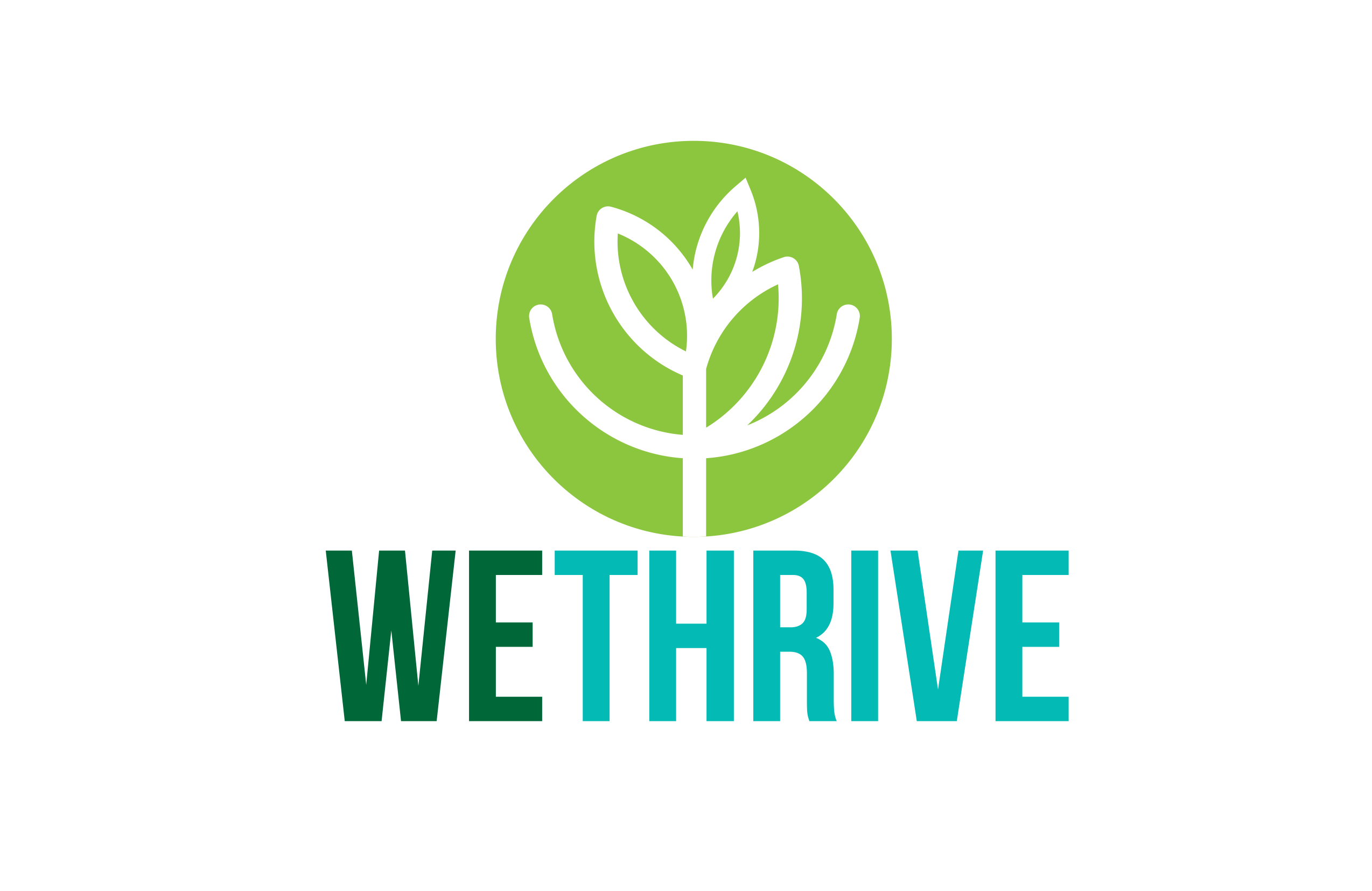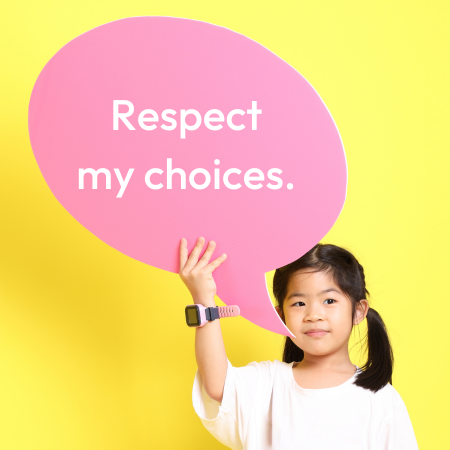Parents and adults from conservative cultures may find it difficult to open up to discuss sexuality at home. They may also feel that they lack the knowledge, so they couldn’t start a conversation about it. They may also think that children must not learn about sexual intercourse and related behaviors at a young age. It is a myth that we would like to address immediately. Sexuality education does not only encompass teaching about the “sexual act”. In fact, it entails significantly more, including forming social relationships, communication, and roles and activities they like to partake in in the future. Children should have a consistent, reliable adult in their lives, if they are to start knowing themselves, and the world around them.
Sexuality is …a central aspect of being human throughout life encompasses sex, gender identities and roles, sexual orientation, eroticism, pleasure, intimacy and reproduction.
Sexuality is experienced and expressed in thoughts, fantasies, desires, beliefs, attitudes, values, behaviors, practices, roles and relationships. While sexuality can include all of these dimensions, not all of them are always experienced or expressed.
Sexuality is influenced by the interaction of biological, psychological, social, economic, political, cultural, legal, historical, religious and spiritual factors.” (World Health Organization, n.d.)
Sexuality Education should provide young people with the knowledge, skills and efficacy to make informed decisions about their sexuality and lifestyle. (United Nations for Youth, n.d.)
Sexuality is a broad topic, so it is understandably difficult to start to talk about it. So, in this blog, we are focusing on bodily autonomy for toddlers (2-3 years old) and preschool aged children (3-5 years old). We start small. We adhere to sexuality-related age-appropriate themes to teach the children and the young people. But this is also to highlight how important it is to begin sexuality education in childhood. The relationships surrounding the child are already a valuable training ground for them to learn how to assert themselves, in the things that make them comfortable and uneasy. The decisions that they learn to make at an early age, they will be able to bring with them as they grow older.
So, let’s talk about bodily autonomy.
Bodily autonomy is defined as the right of an individual to have control over their body, and withdraw consent from activities involving their body at any time. (Abegdesan, 2022)
What does bodily autonomy look like in a caregiver-child relationship?
1. Respecting the rights of the children to their own bodies
It begins with labeling of private parts correctly. Instead of banana, we teach children to refer to it as penis o titi/tite. And instead of flower, we call it vagina o pepe.
From here, we could start introducing them to the concept of bad touch versus good touch. What body parts can people, even family members touch? What body parts can they not touch?
And finally, consent. We can teach children consent through modeling. Practice asking questions to children: May I kiss you? May I hug you? May I touch you?
Inform them that they can always say no, without the need to justify. And that their no’s should be respected, and that they have the right to decide if they want to do or engage in something, because it involves themselves, their bodies, and their comfort. We also should not ask or force them to hug or high five an older relative or a friend during social gatherings.
2. Understanding that children’s knowledge of bodily autonomy could protect them from harassers and violators
From teaching children consent, they can already spot and name the violations that could be done to them. You may also tell your child to go to you if something or someone has made them feel uncomfortable.
3. Recognizing that sexuality talks is a long-term partnership with your child
The themes of your conversations with your kid will progress as they age. Here are some helpful websites that you may use to look for topics to teach your child about sexuality. https://rootsofhealth.org/ | https://www.scarleteen.com/
The provided websites offer an array of topics related to sexuality. Their manner of giving information is based on what teenagers are curious about during their adolescent years. You will notice that the topics range from body anatomy, self-awareness, and communication, to sexual behaviors. It offers plenty of entry points when you try to provide a safe space, where your children can safely ask questions and be informed of matters that concern them as humans.
4. Accepting that discussions about bodily autonomy are related to their sexual health
Your encouragement to them to talk openly about sexuality will impact their decisions in the future. If at home your children are able to understand and practice their rights, and are able to ask questions without being invalidated, they will be able to know in the future what information, options, and services should be available for them.
5. Teaching your kids to empower others
Individuals who experienced meaningful respect at home can give it to other people!
Getting support from your community/ies. Parenting is challenging. And to learn the preferable ways to foster a child’s development is an added challenge, especially if it involves updating your cultural beliefs! So it is highly encouraged that you also get your personal support from communities who also advocate for sexuality education in children and teens.
References:
- Adegbesan, I. A. (2022, August 11). Developing appropriate, effective bodily autonomy socialization strategies for young children. Scholars Strategy Network. Retrieved March 28, 2023, from https://scholars.org/contribution/developing-appropriate-effective-bodily
- United Nations for Youth. (n.d.). Youth and comprehensive sexuality education. Retrieved December 15, 2021, https://www.un.org/esa/socdev/documents/youth/fact-sheets/youth-sexuality-education.pdf World Health Organization. (n.d.). Defining sexual health.
- World Health Organization. Retrieved March 28, 2023, from https://www.who.int/teams/sexual-and-reproductive-health-and-research/key-areas-of-work/sexual-health/defining-sexual-health

